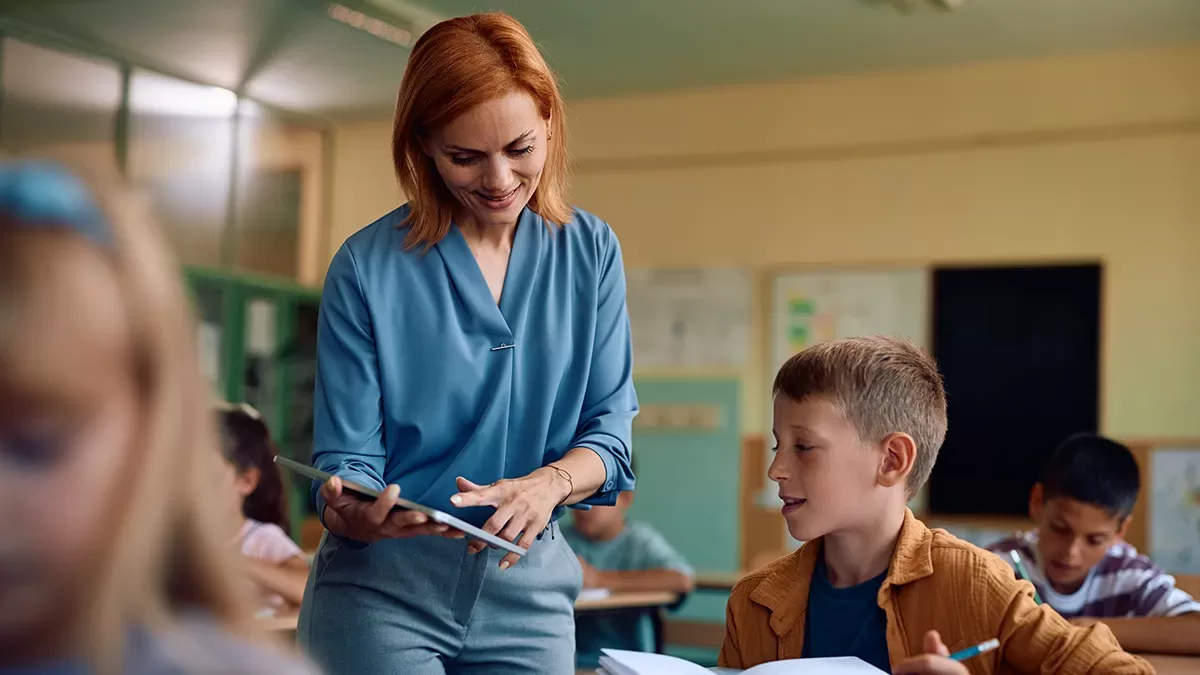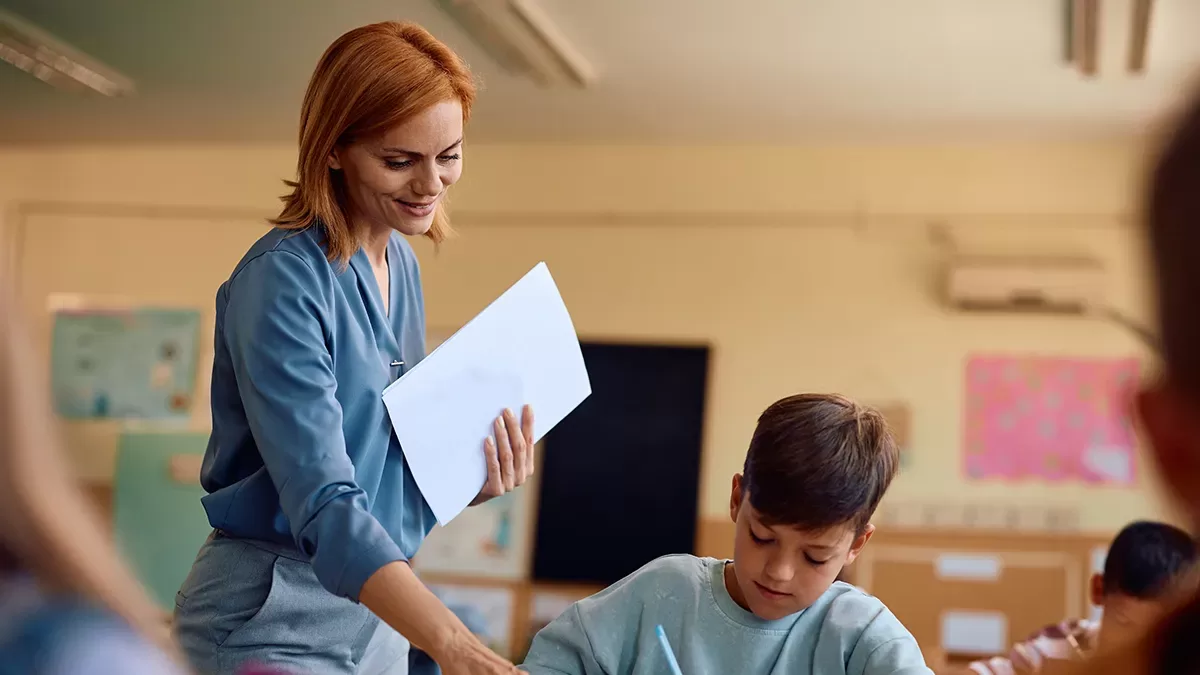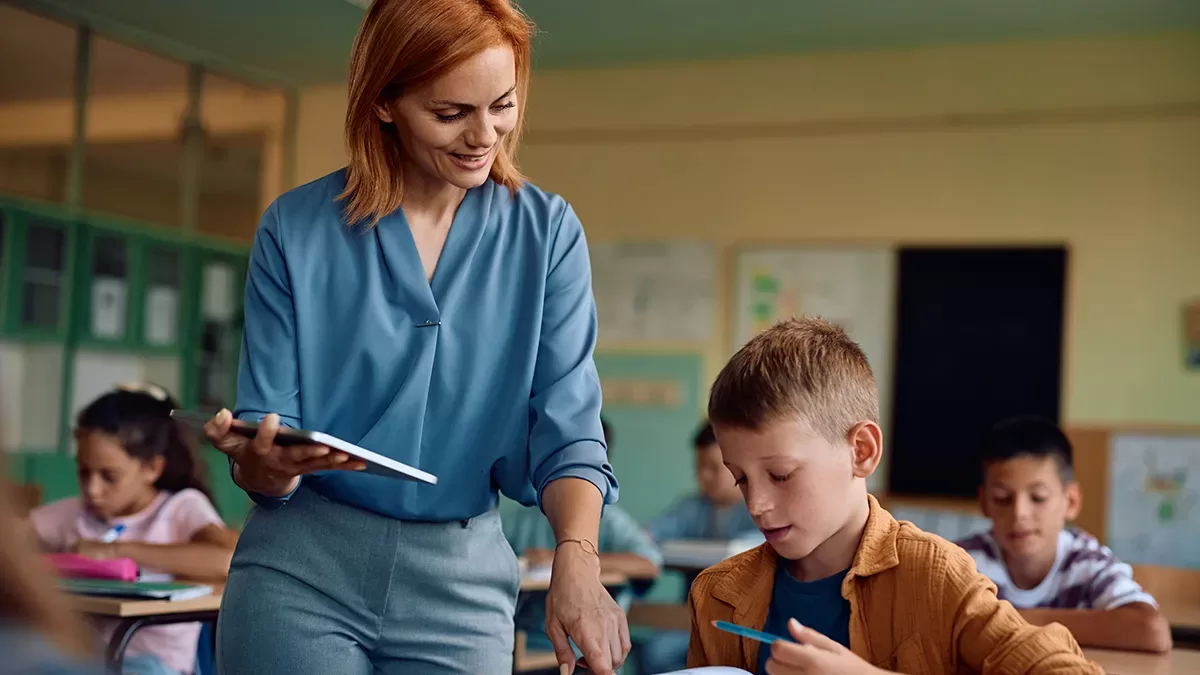Table of Contents
- Model Videotaping at All Levels
- Start with Voluntary Participation
- Integrate Video into Routine Professional Development
- Create Low-Stakes Opportunities
- Leverage Peer Collaboration
- Normalize Videotaping Through Technology Integration
- Build a Culture of Celebration
- Frame Video as a Tool for Student Success
- Conclusion: Making Videotaping the Norm
Resistance to videotaping often stems from discomfort or fear of the unfamiliar. Teachers may view videotaping as a high-stakes process rather than a routine and valuable tool for growth. To reduce resistance, districts must normalize videotaping as a standard, low-pressure practice.
Research on behavioral change and professional learning communities (PLCs) suggests that normalizing practices requires consistent modeling, peer collaboration, and positive reinforcement (Bandura, 1977; DuFour et al., 2016). By integrating videotaping into the culture of professional development, districts can help teachers embrace it as part of their ongoing growth.
Here are detailed, research-backed strategies districts can follow to normalize videotaping.
1. Model Videotaping at All Levels
Normalization begins with leaders and instructional coaches modeling the behavior they want teachers to adopt.
Steps:
Leaders Record Themselves: Principals and instructional coaches should record their own work (e.g., delivering professional development sessions or classroom walkthroughs) and share their reflections.
Use Videos in Team Meetings: Incorporate short, anonymized video clips into staff meetings or PLCs to demonstrate how videos can highlight teaching strategies or foster discussion.
Share Personal Growth Stories: Leaders should share their own experiences of using video to reflect and improve, emphasizing its non-threatening nature.
Evidence: Social learning theory (Bandura, 1977) highlights that modeling behavior reduces anxiety and increases the likelihood of adoption.
2. Start with Voluntary Participation
Introducing videotaping as an optional activity helps reduce pressure and allows early adopters to set a positive example.
Steps:
Identify Willing Participants: Start with teachers who are enthusiastic about professional growth and willing to try videotaping.
Showcase Success Stories: Highlight examples of how these teachers used video to improve their practice and share positive outcomes, such as increased student engagement or clearer instructions.
Create a Safe Environment: Reassure teachers that their participation is voluntary and that videos will not be used for evaluation purposes.
Evidence: Research on change management (Kotter, 1996) emphasizes the importance of starting with small, voluntary changes to build momentum.
3. Integrate Video into Routine Professional Development
Making video reflection a regular part of professional learning embeds it into the culture and reduces its novelty.
Steps:
Use Videos in PLCs: Dedicate time during professional learning communities (PLCs) for teachers to review and discuss short video clips from their own or peers’ lessons.
Focus on Specific Skills: Encourage teachers to use video to reflect on particular areas of practice, such as questioning techniques, pacing, or classroom management.
Tie Video to Existing Goals: Align video reflection with district or school improvement initiatives, such as improving student engagement or differentiating instruction.
Evidence: Collaborative learning environments, like PLCs, are effective for integrating new practices, as noted in DuFour et al. (2016).
4. Create Low-Stakes Opportunities
To reduce fear, teachers should start with low-stakes activities that allow them to explore videotaping without feeling scrutinized.
Steps:
Start with Private Use: Allow teachers to record and review their own lessons without sharing them unless they choose to.
Focus on Small Segments: Encourage teachers to record short, specific segments (e.g., a 10-minute discussion) rather than an entire lesson.
- Provide Reflection Prompts: Offer simple prompts to guide their analysis, such as:
What do I notice about my questioning strategies?
How are students responding during transitions?
Evidence: Incremental changes are more likely to succeed than large-scale shifts, as shown in The Power of Small Wins
5. Leverage Peer Collaboration
Teachers are more likely to embrace videotaping when they see their peers using it effectively and without judgment.
Steps:
Pair Teachers for Peer Review: Create partnerships where teachers can share videos with a trusted colleague to provide constructive feedback.
Host Video Sharing Sessions: Organize optional, small-group sessions where teachers can share clips and discuss what they’ve learned.
Celebrate Collaborative Success: Highlight stories of how peer feedback from video reflection led to noticeable improvements in teaching.
Evidence: Collaborative professional development has been shown to improve teacher effectiveness and foster acceptance of new practices (Hattie, 2009).
Stay on Top of Important Discoveries
We read case studies and academic journals so you don’t have to. Sign up and we’ll send you the key takeaways.
6. Normalize Videotaping Through Technology Integration
Using intuitive and secure technology platforms makes videotaping feel more accessible and routine.
Steps:
Adopt User-Friendly Tools: Platforms like Vosaic simplify the recording, tagging, and reviewing process, making video reflection less intimidating.
Incorporate Video Into Lesson Plans: Encourage teachers to use video as part of instructional planning, such as recording a strategy they want to refine.
Provide Ongoing Tech Support: Offer workshops, guides, and on-demand help to ensure teachers feel confident using the tools.
Evidence: Teacher adoption of technology increases when tools are easy to use and adequately supported, as shown in research on technology integration (Ertmer & Ottenbreit-Leftwich, 2010).
7. Build a Culture of Celebration
Publicly recognizing teachers who use video successfully helps normalize the practice and encourages others to participate.
Steps:
Highlight Early Adopters: Share stories of teachers who benefited from using video in newsletters, staff meetings, or professional development sessions.
Recognize Growth, Not Perfection: Celebrate teachers’ efforts to reflect and improve, rather than focusing on flawless lessons.
Create Video Highlights: Compile and share anonymized clips showcasing effective teaching practices within the school or district.
Evidence: Positive reinforcement increases motivation and engagement, as highlighted in Bringing out the Best in People
8. Frame Video as a Tool for Student Success
Reinforcing the connection between video reflection and improved student outcomes helps teachers see its value.
Steps:
Share Research: Highlight studies, such as The Study of Teacher Coaching Based on Classroom Videos, which demonstrate the impact of video reflection on student achievement.
Tie Video Use to Student Goals: Emphasize how video can help teachers refine practices that directly benefit students, such as improving clarity in instructions or increasing engagement.
Use Data to Show Impact: Collect and share data on how classrooms using video reflection have seen measurable improvements in student learning.
Evidence: Teachers are more likely to adopt practices when they see a direct link to student success (Guskey, 2002).
Conclusion: Making Videotaping the Norm
Normalizing videotaping requires a thoughtful, incremental approach that addresses teacher concerns and integrates video into the school culture. By modeling videotaping, starting with low-stakes opportunities, leveraging peer collaboration, and using accessible tools like Vosaic, districts can make video reflection a routine part of professional development.
Research confirms that embedding practices into collaborative and supportive environments significantly increases adoption and long-term success (DuFour et al., 2016; Bandura, 1977). Over time, videotaping will shift from feeling novel and intimidating to becoming a natural and invaluable tool for growth.



